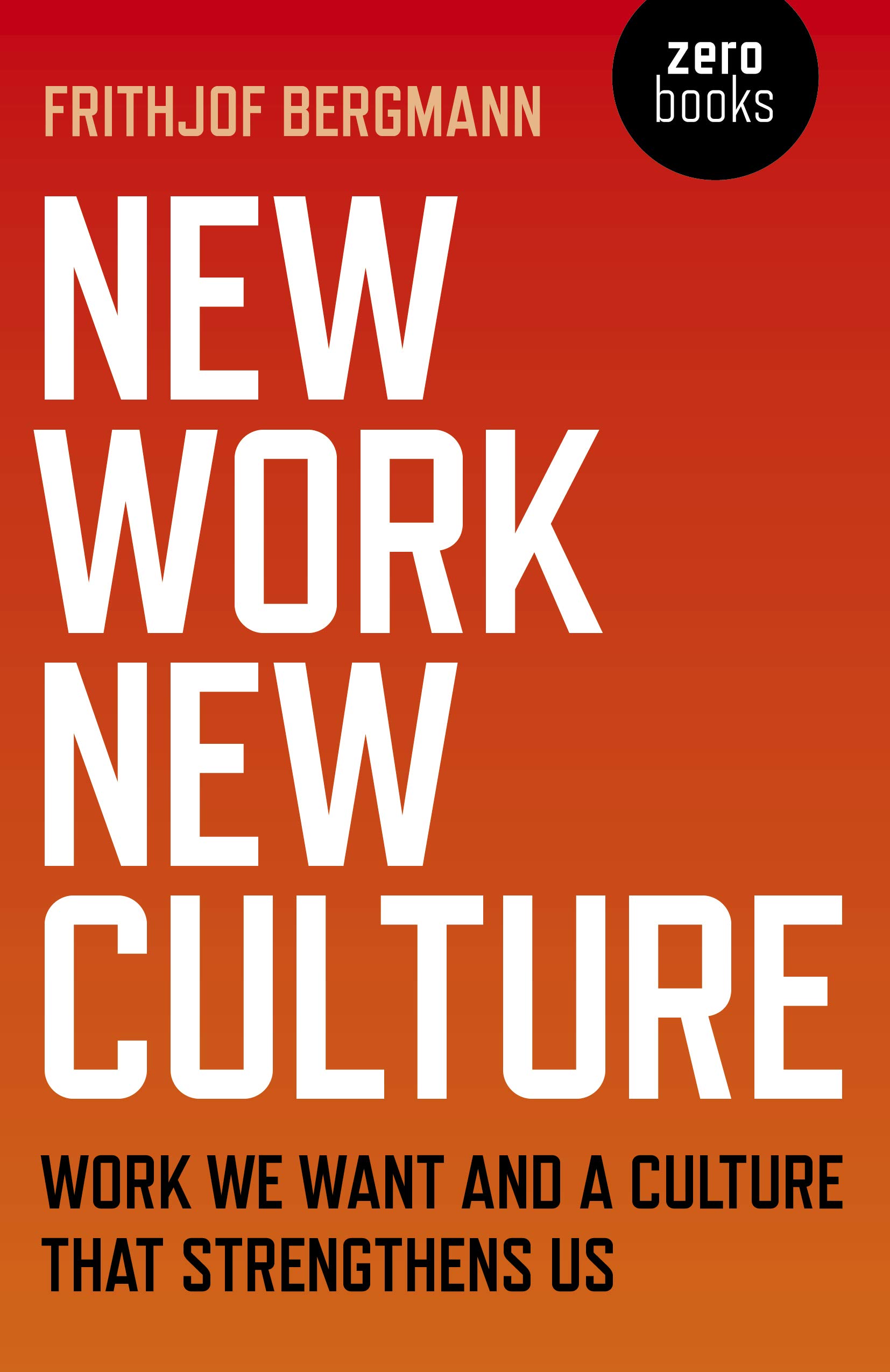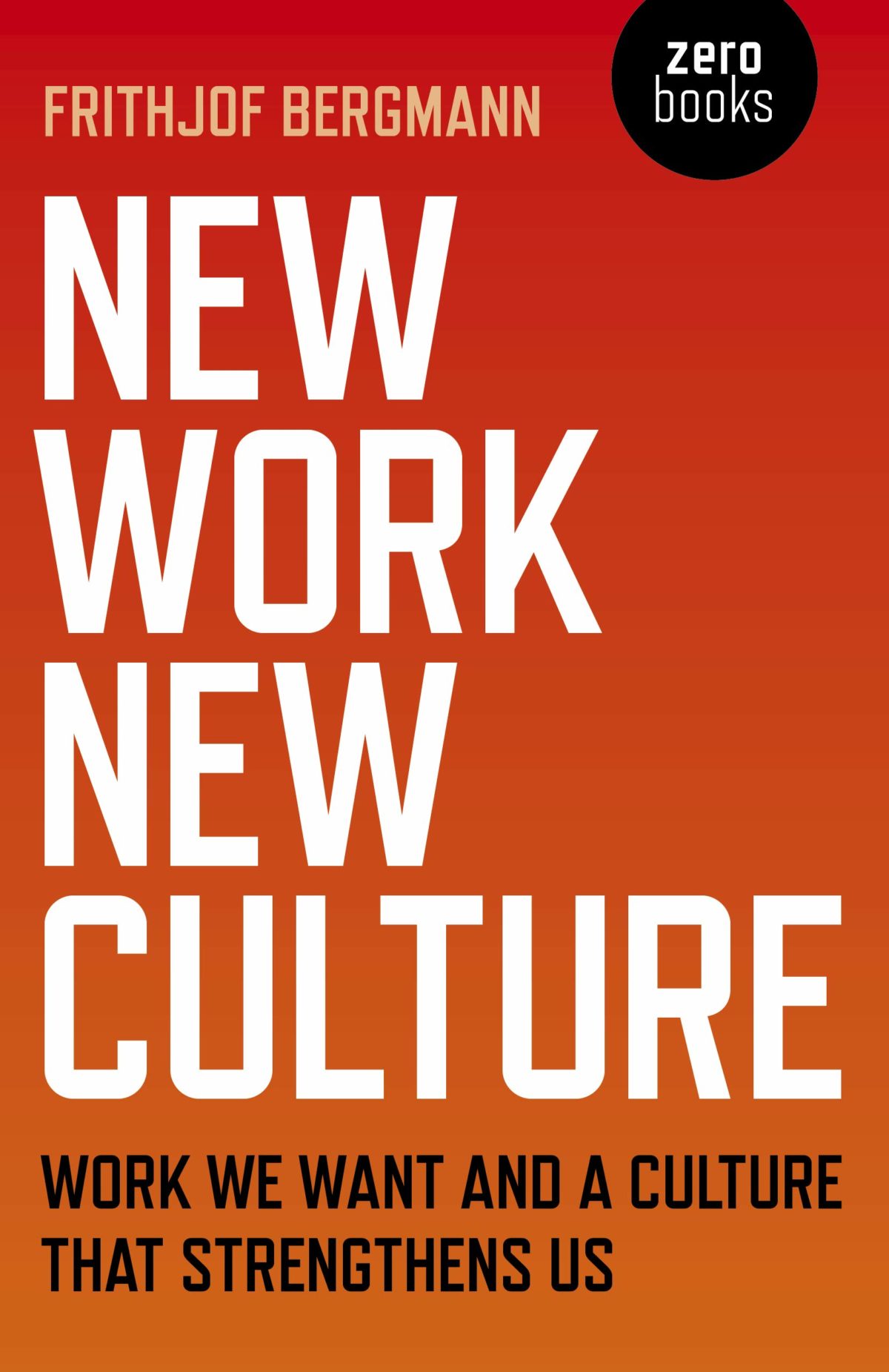The cover of Vassar Quarterly’s Fall 2016 issue ran a lone headline: “Detroit: City of Paradox.”1https://vq.vassar.edu/issues/2016/03/
The Vassar Quarterly’s praise of Detroit strikes at a kind of idealism subtly prevalent at Vassar: an idealism that says individuals can enact the society they want, at least in microcosmic form. A few of the college’s characteristics should be mentioned here. First, Vassar has a history as an elite institution for women of the upper-classes; still, today, it is the second most expensive college in the country after Columbia University.3https://www.usnews.com/education/best-colleges/the-short-list-college/articles/2017-09-12/10-most-least-expensive-colleges Vassar also has a fairly progressive history, as a women’s college, a proud bastion of the humanities, the birthplace of feminist art history and currently a need-blind institution. The pressure to grapple with legacies of exclusion in the school’s spaces takes on a community aspect at Vassar. The paradox in this is that the institution has a bloated administration, which is slow to react to the pressure of students and faculty. The article on Detroit shows the interest in a kind of direct, community action at Vassar, which can be interpreted as either escapism or as a thirst for direct change stemming from the difficulties of organizing at unresponsive and otherwise limited institutions.
One of the major parallels between discussions of Detroit and Vassar is this community, incubator, or “social laboratory” aspect. Both are imagined as forms of experimentation. Where Vassar represents a radical incubation of new ideas and a radical inclusivity, the narrative of “new” Detroit presents potential avenues for civic action and engaged thought, for collectivity and reclamation of narratives. These experimentations ultimately cut both ways.
Detroit’s particular position in relation to potential social futures involves the city’s industrial past and hence the imagery of its post-industrial present. The city remains deeply shaped by the material conditions of an entire economy which has picked up and left it. Life in many parts of the city emerges from those conditions and reflects that departure. This means several things: one is that the city’s art often invokes industrial decay; another is that Detroit art often humanizes industrial decay. Some of the city’s most successful artists, like Scott Hocking and Tyree Guyton, thrive on this imagery, enlivening it through their work. The remains of industry are a canvas for mural and graffiti artists, whose work reaffirms the present potential for life. The use of discarded materials and architectural features in assemblages, collages, and sculptures characterizes a mode of work that has particular resonance with Detroit and links many artists here. One of the most distinctive art institutions in the US, Detroit’s MBAD (African Bead Museum) could be said to represent a particularly creative take on this mode. Situated in a triangular wedge between a highway (the M10) and two main archeries (Grand Boulevard and Grand River), MBAD is a sculpture garden of re-purposed materials (iron, rocks, wood, mirrors – lots of mirrors - chairs, and overpainting) depicting eighteen installations of allegorical scenes of African-inspired storytelling, most famously, Rock Teaching Iron How to Rust. The aesthetic register of this kind of post-industrial art has a special potential because it tangibly connects the present to the past. It makes the experience of history itself a creative act because it allows the past to be repurposed for use in the present and expands present narratives by giving them historical weight.

Much of Detroit’s history is laden with experiments in social organization. On one side the origin of the industrial assembly and Henry Ford’s horribly failed utopian live / work communities; Detroit has also been a hotbed of resistance in the form of massive union activity in the early 20th century, or the lifelong work of Grace Lee Boggs and her husband James Boggs, and more recently the anarchist housing collective Trumbullplex. The spirit for community-building and experimentation continues to this day. One of the most interesting examples of radical work being done in and around Detroit is in the ideas of professor Frithjof Bergmann. Bergmann, a professor emeritus of philosophy at University of Michigan and a prominent Nietzsche scholar, received his doctorate at Princeton before going on to teach at Stanford, Berkeley, and UC Santa Cruz. Though born in Germany, he has spent much of life here in Michigan and has focused many of his projects on the area. His project, The Center for New Work, was begun in the 1980’s with pilots in Detroit and Flint along with others in Canada, Germany, and South Africa. The idea was to create self-sustaining communities where individuals, liberated from traditional nine-to-five jobs, could pursue work of interest to them. Bergmann’s aim was to decrease reliance on then rapidly disappearing factory jobs by using modern technology to satisfy the basic needs of a community, thereby allowing people to do work they enjoyed. He published a book Starting With New Work: Creating a New Culture in German in 2004 (Arbor-Verlag), which was then translated to English in 2014 (CreateSpace Independent Publishing). He, together with his lifelong project, has since drifted into relative obscurity, yet, one can’t help but feel that Detroit still embodies some of the potential Bergmann describes and is attached to. Detroit is a city devastated by its reliance on heavy industry, something which will never return. Its citizens serve as an example of the “industrial reserve army,” workers no longer needed by the market. Contemporary discussions on the global left are only now beginning to coalesce around the issue of the so-called surplus population, the increasingly large group of people whose labor potential has been displaced by the proliferation of technology the anticipation of which was central to the social philosophy of James and Grace Lee Boggs. Detroit has already seen the devastating breadth of this phenomenon. On the other hand, pace Bergmann, technology has become exponentially easier to adapt for domestic use since the ‘80s. Take, for example, solar panel phone chargers and 3D printers, which are now consumer-market products. Bergmann’s idea of miniaturization resonates with particular intensity in Detroit, where neighborhoods are often isolated and marked by food insecurity. The growth of urban farming here is an example of this mentality and its scale is significant enough to garner national attention, with hyperbolic headlines like “America’s first sustainable urban agrihood is growing in Detroit” from Curbed, “EarthRx: Detroit’s New 'AgriHood' is the Future of Urban Planning” from Paste Magazine, and “Detroit is rising from the ashes of the financial crisis with urban farming” from Konbini. As to how thoroughgoing, equitable and democratic these endeavors end up is yet to be seen, even so, the energy is clear.
To the energy of community solutions is added the larger lens of urbanism, one of the larger preoccupations at schools like Vassar. In April 2016, the New Museum hosted an edition of its Ideas City conference here in Detroit. The conference hosted figures like artist Theaster Gates, and Rembert Browne from NYMag as well as other figures in design, urban planning, and architecture, to discuss creative solutions to Detroit’s urban problems. The conference also hosted a group of fellows, who spent the week living in the Herman Kiefer Medical Complex. Ideas City is an example of bridging a gap between visions of sustainable, equitable urban development and the people on the ground making changes. In Detroit, where individual agency is highly valued, a discussion of vision like this is a welcome addition to the city’s idealism.
From the perspective of Vassar’s own radical experimentation with ideas, the key question raised in examining Detroit connects with the question of Ideas City: how do you connect the insights of the critical humanities to the changes taking place in our cities? Especially when solutions to community problems are often posed as a matter of technological optimization and as functions of markets. What should be the role of the humanities in connecting these changes to politics and values? And, when it comes to cities like Detroit with primarily grassroots change: how can the humanities implant a sense of vision in community-based change? With increasing polarization in cities, and with the looming problem of gentrification, these problems require careful consideration. If we want to bring change to our cities we will need motivated individuals and communities; big, bold and stimulating ideas; and a cohesive vision. At least in Detroit, it seems there are reasons to be hopeful.
References
